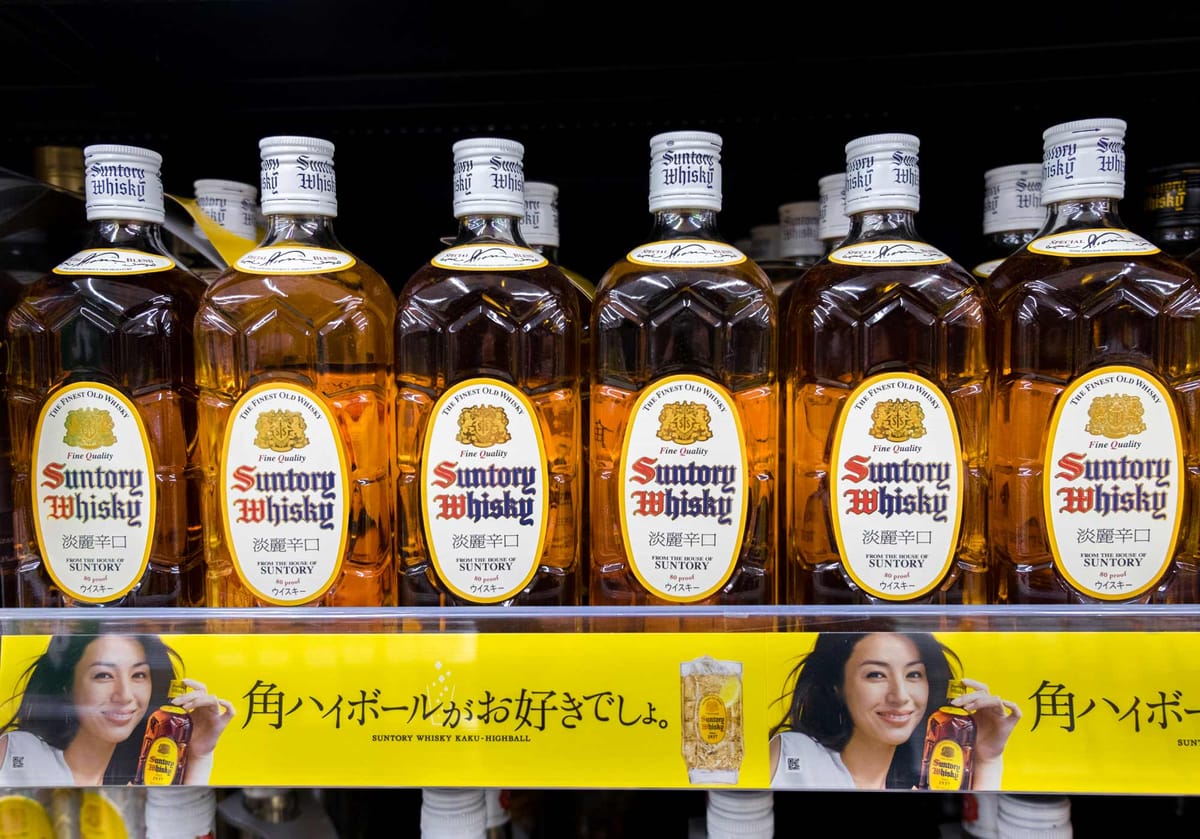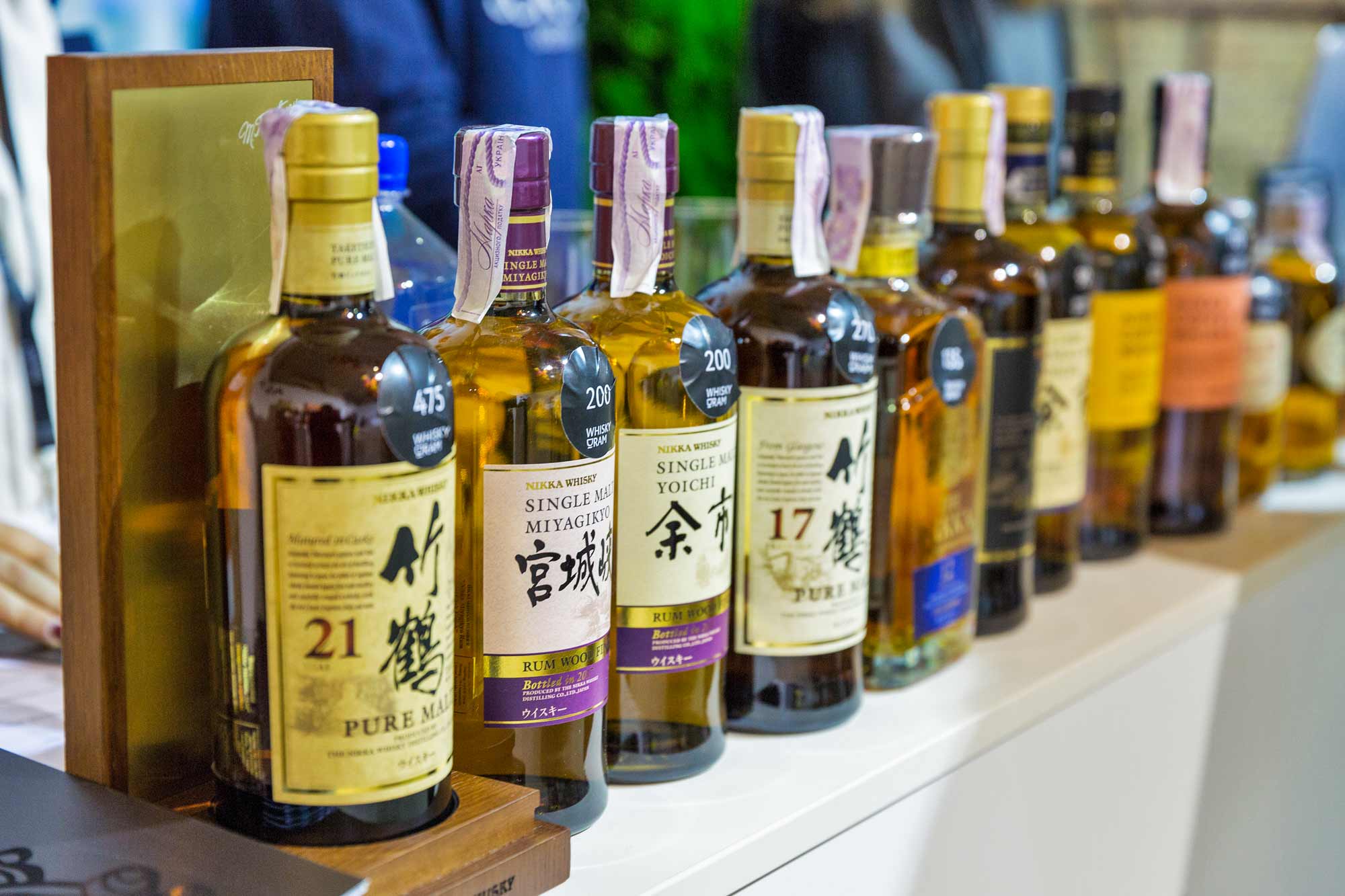Japanese whisky rules: here's everything we know
Finally, new Japanese whisky rules are set to come into effect — here’s what they say (and how they differ to the rest of the world).

Interest in Japanese whisky has grown exponentially over the last 10 years, and with it has come an interest in establishing a set of Japanese whisky rules.
Why? Because currently, it isn’t clear that a fair bit of what the regular punter buys as Japanese whisky is actually made in Japan, or even from Japanese ingredients. In The New York Times in 2020, Clay Risen wrote that “it’s a regulatory Wild West that both established distilleries and start-ups are taking advantage of to feed growing global demand.”
But the whisky world has rejoiced; change is coming with the introduction of the Standards for Labelling Japanese Whisky, which take effect from April.
Below, here’s everything we know about what the rules say and how they compare to the rest of the world.

Who came up with the new Japanese whisky rules?
The Japan Spirits & Liqueurs Makers Association. The new Standards for Labelling Japanese Whisky were published on the 12th of February, 2021. The new standards come into from April 1, 2021. The new standards apply to producers who are part of the association (you can see who at this list here).
What do the Japanese whisky rules say?
The Standards for Labelling Japanese Whisky are not too different from other standards around the globe, Scotch whisky being one of them. They chiefly designate Japan as being the place where the ingredients for the whisky are grown and where the whisky itself is made and matured.
To be labelled as Japanese whisky, the product must satisfy the following requirements:
- the raw ingredients must come from Japan, specifically: “Raw ingredients must be limited to malted grains, other cereal grains, and water extracted in Japan. Malted grains must always be used.”
- the making of the whisky must take place in Japan, specifically: “Saccharification, fermentation, and distillation must be carried out at a distillery in Japan. Alcohol content at the time of distillation must be less than 95%.”
- the maturation of the whisky in wood must take place in Japan, specifically: “The distilled product must be poured into wooden casks not exceeding a capacity of 700 litres and matured in Japan for a period of at least 3 years thereafter.”
- the bottling of the whisky must take place in Japan and the whisky must be bottled at no less than 40 percent ABV.
- caramel colouring may be used.
How do the Japanese standards differ from other labelling regimes around the world?
Malted grains: Japanese whisky must only use grains which have been malted, whereas in Ireland this is not a stipulation (and in fact many whiskey makers there will use both malted and unsalted barley).
Alcohol percentages: the minimum alcohol percentage at which Japanese whisky is bottled is 40 percent ABV — in line with much of the rest of the world — whereas Australian whisky can be bottled at 37.5 percent.
Mash bills: there is no minimum requirement for any particular grain to be used in the mash bill for the Japanese whisky — provided that malted grains are always used. In Scotch whisky, they specify that malted barley must be used, whereas in American whiskey there are a raft of designations based upon whether there is more corn or rye used in the mash bill.
Maturation: the new Japanese whisky rules don’t specify any particular type of wood in which the whisky is to be aged; American bourbon most famously specifies that the barrels must be aged in new, charred American oak barrels. It must be aged for a minimum of three years (like Scotch), whereas in Australia the minimum is two years — in the US there is no minimum ageing period required though to be labelled as “straight” whiskey, two years is the minimum.
Caramel colouring: the option is open for Japanese whisky makers to use caramel to maintain a consistent colour between batches if they so desire, as is the case in Scotch whisky; in American bourbon and other straight whiskeys the practice is not allowed.





